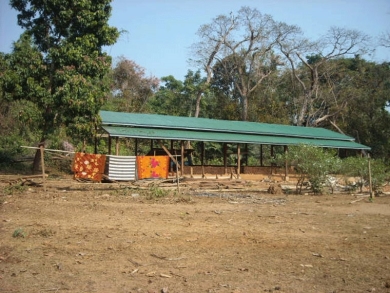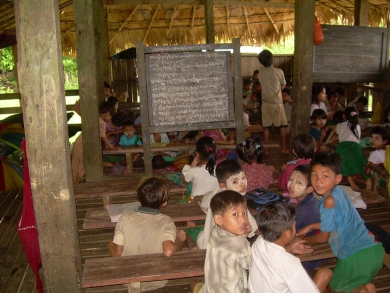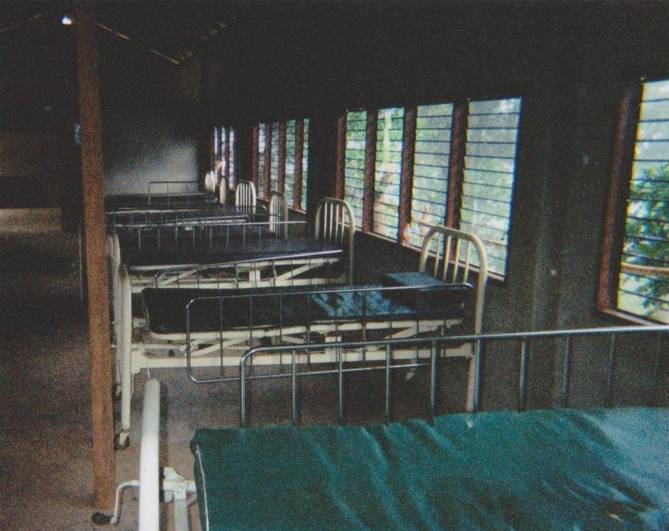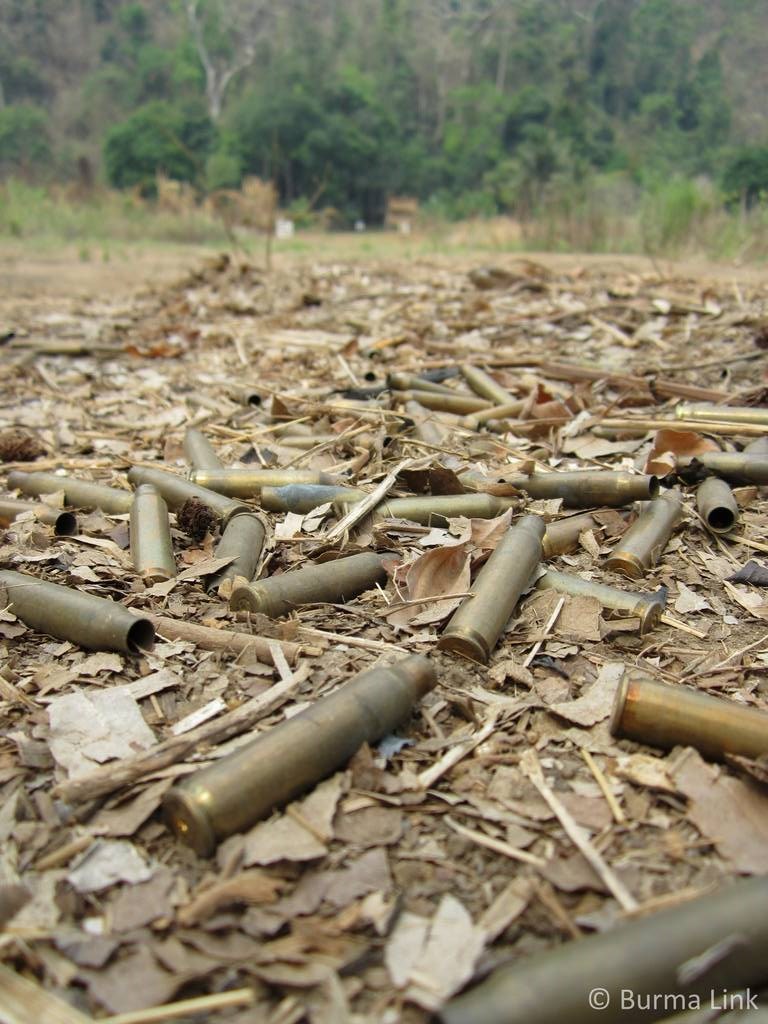In the following, an introduction will be given to the widespread and systematic discrimination of ethnic nationalities and the deliberate corrosion of ethnic cultures and languages. Some concerns of the majority Burman are also occasionally brought up when overlapping with those of ethnic nationalities or when otherwise deemed relevant. Sources have been omitted with regards to general information on history. Refer to sources for history of conflict at the end of the document.
Ethnic nationality groups in Burma have experienced a significant amount of discrimination and marginalisation in the Burmese society. Ever since Burma gained independence from the British colony in 1948, and especially since the military government took over in 1962, ethnic nationalities have faced great challenges in their daily lives. The government, since the military coup, has implemented an underlying policy of Burmanisation, involving open discrimination of ethnic nationality groups in matters of culture, education, language and religion, as well as a silencing of alternative historical narratives. This policy only accelerated after the events of 1988. The Burmese government openly runs a Burman-centred policy in every aspect of the society, and the intense restrictions placed on cultural expression have resulted in the corrosion of ethnic languages and cultures. The Burmese military has also exercised Burmanisation through rape and forced pregnancy.
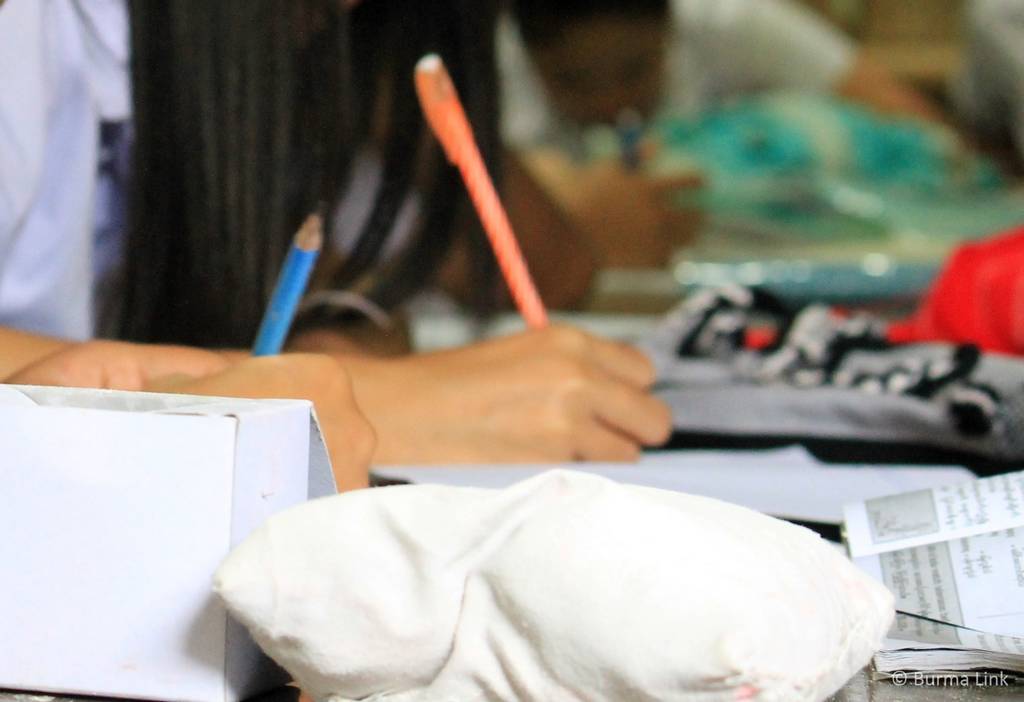
Thousands learn about their cultures as well as to read and write their own languages in refugee camps in Thailand. (Photo: Liz Bordo)
The teaching of ethnic nationality languages has been prohibited since 1962, although some changes are on the way. For decades, teachers have not only been banned from using ethnic languages as a medium of instruction at government-sponsored schools, but also from teaching the language during and after school hours. Some have been able to study their own language during summer holidays, while thousands have also been punished for volunteering to teach their own language during their free time.
Even though changes are being introduced, this policy largely remains in place. In 2013, Burmese generally remained the mandatory language of instruction in state schools, and teaching in local languages was not offered. There were also very few domestic publications in indigenous minority languages (US State Department, 2014). The government reportedly blocked efforts of ethnic language and literature associations to meet and teach in 2013 (US State Department, 2014). In accordance with new legislation that was announced by Burma’s Minister for Education in June 2012, ethnic languages are set to be included in state primary schools’ curriculum, although the classes will be held outside of normal school hours (Aye Nai, April, 2013). For the first time in more than 40 years, there are hopes that students in Burma will be able to learn their ethnic languages in government-run schools. It remains to be seen whether schools in ethnic areas will be able to take advantage of this opportunity in practice.
While people of Burma place high value on education, the education system in Burma is under-resourced and lacking in every aspect, particularly so in outlying ethnic areas. Although by law education is compulsory and free, the Burmese government continues to allocate minimal resources to public education, and schools routinely charge fees (US State Department, 2014).
The government and the local people are often at odds about the reality of essential services in rural areas. As an example, at the same time that the Burmese government claimed to have released funds for the construction and operation of schools and improved access to educational facilities by rural children in the Karen State, local villagers cited devastating under-funding of education, in combination with the Burmese military’s impoverishment of the civilian population through regular demands for labour, money, food and supplies (KHRG, 2008). Restrictions on travel, trade and livelihood as well as the continual attacks and displacement have further undermined family income levels and driven children into the workforce, or to becoming child soldiers in one of the myriad armies (KHRG, 2008). Furthermore, scores of ethnic children do not understand the medium of instruction and are hesitant to attend schools even when it would otherwise be possible. Frequent beatings as punishment and rote learning as the only method of learning also do little to encourage the children. As a consequence, school attendance rates are low and drop-out rates high.
“I guess I would go back to school if someone would support my education”. (16-year-old KIA soldier, Kachin State, interviewed in November 14, 2011; Human Rights Watch, 2012c, p. 60)
Those children who are able to attend schools do so in schools with poor quality of staff and unmotivated teachers. A homogenous, Burman-centred, pro-military, and out-of-date curriculum is universally applied across government-controlled Burma with no accommodation for ethnic difference or inclusion of ethnic histories (KHRG, 2008). Education is also highly teacher-centred and based on rote-learning (for an insight on education in Burma, see Fink, 2001, chapter 9). It seems that the government perceives education as a potential threat and is thus exerting its control over people through education; analytical and critical thinking skills are discouraged and universities are kept on a particularly short leash.
Historically, many uprisings and civilian activities have begun and spread in universities and the government has thus made commendable efforts keeping its students contained. According to interviews conducted mainly in urban areas in Burma in 2009 (Centre for Peace and Conflict Studies, 2010), the single most important issue of concern for all ethnic groups, including the majority Burman, was education. It was widely felt that the education system was under-resourced, corrupted, and failed to equip young people with skills and knowledge to face the future (p. 10). People also complained of the rising cost of education, which has pushed it out of reach for a large part of the population. Both ethnic nationality members and the Burman expressed their concerns over omitting ethnic histories, perspectives, heroes, and significant events from the textbooks used in schools.
As well as having a severely under-financed education system, national health care in Burma is catastrophically under-financed. The government spends only 0.8% of its GDP on education (2011 estimate – CIA World Factbook, 2014) and 2% on health (2012 estimate – CIA World Factbook, 2014). The combined under-funding of health care and impoverishment of the civilian population severely jeopardises the health of the people of Burma, particularly in poor and conflict-ridden rural ethnic areas.
Members of all ethnic nationality groups in Burma perceive significant constraints on cultural expression and limitations as a result of belonging to a certain cultural or religious group. With widespread and systematic discrimination against ethnic nationality peoples throughout Burma, ethnic nationalities feel not only treated as second class citizens but also in great danger of losing their traditional cultures. Civil society actors have adopted various strategies to preserve ethnic languages, cultures, and histories, including running summer schools and festivals, producing literature, teaching in monasteries and setting up schools under ethnic army control or in the refugee camps along the Thailand-Burma border. Many ethnic youth from Burma have crossed the border to Thailand to discover their own culture and learn about their own history. Thousands have learned how to read and write their own language in refugee camps in Thailand. Despite engaging in various activities, many ethnic nationalities are facing deterioration of their cultures and languages.
According to the Centre for Peace and Conflict Studies (2010) interview survey, people of Burma also feel that festivals and celebrations have become another source of conflict between ethnic nationality groups and the government; permits for festivals are often not granted and even when they are, the government often exploits the opportunity to Burmanise local customs. This is particularly regrettable as festivals in Burma used to serve as a primary force of inter-ethnic interaction and relationship building. Religion has served as another channel for Burmanisation, particularly among Buddhist ethnic nationality groups who feel that they are forced to practice a Burman way of Buddhism (Centre for Peace and Conflict Studies, 2010).
Members of all main ethnic groups, including the majority Burman, feel that the government promotes division amongst ethnic groups (Centre for Peace and Conflict Studies, 2010). Many people of Burma feel that the government has done so in an attempt to prevent a unified opposition movement. One of the main strategies of the Burmese military to weaken the opposition armies has been to offer selective ceasefire agreements which ignore the political concerns of the groups but offer many other benefits and privileges to those who agree to them, including natural resource extraction licenses or lucrative business deals. Accordingly, ceasefires in Burma have been highly controversial. While some people of Burma feel positive about ceasefires because they generally bring more peace, stability and freedom of movement, many feel that ceasefires are negative because they weaken armed groups without bringing any political gains (sometimes they even lead to more human rights abuses, see Patterns of state abuse). Many communities have been divided as a result of selective ceasefire agreements that have produced splits and divisions in the opposition. With the use of selective ceasefires, the Burmese army has managed to weaken the opposition without addressing the original goals of ethnic nationalities. The Burmese government seems to have succeeded in a policy it has most likely learned from the British: Divide and rule.
Many ethnic nationality leaders maintain that they have been pushed to the very fringes of Burmese society and been deeply marginalised by political and economic neglect and discrimination ever since independence. Due to the ongoing conflict as well as open discrimination and abuse of ethnic nationalities, many ethnic peoples have developed deep prejudice and stereotypes regarding the Burman people, including civil society members who have no connection to the government or the Burma Army.
While many people in Burma feel that the government has used deliberate strategies to divide people, the same people express opinions that reflect deep prejudices particularly against the Burman majority (Centre for Peace and Conflict Studies, 2010). The government seems to have succeeded not only in its divide and rule strategy, but also in its related strategy of controlling and manipulating people through creating strong feelings of enmity between different groups. There are now great challenges in building trust and friendly relations particularly between the Burman majority and the ethnic nationality groups; the latter rightly feel that they are being deeply marginalised, oppressed, and abused by the Burmese (mainly Burman) government and military, while the former rightly feel like they are being perceived as military advocates by ethnic nationalities. In this way the prejudice and division keep feeding each other, at the end benefiting no other than the government and the Burmese military.
Other sources of dissatisfaction that the people of Burma (including the Burman) name are poor infrastructure, pervasive corruption, and lack of information and economic opportunity (Centre for Peace and Conflict Studies, 2010). Ethnic nationalities are also concerned over the Burmese government as well as foreign companies benefiting from Burma’s abundant resources that are mainly located in the ethnic states. While the government makes huge profits from development projects, often the only impact for local ethnic people is that they are forcibly relocated or forced to work on projects that exploit their states’ natural resources. This is a particular concern for people from Shan and Kachin states where the government has initiated a number of large scale projects (see e.g. Human Rights Watch, 2012c). These actions further widen the existing cleavage between the Burman and the ethnic nationalities as many ethnic people perceive the government acting in behalf of the Burman people who live in areas with few natural resources.
While the government practices open discrimination towards ethnic nationalities, the prejudice that the latter have developed towards the former has taken on a life of its own. For national reconciliation, both forms must be addressed. Nevertheless, it is a precondition for ethnic prejudice to decrease that the government treats everyone equally and gives all peoples equal opportunities.
Updated October 10, 2014
Continue to Majority and Minority RelationsCentre for Peace and Conflict Studies (2010). Listening to Voices from Inside: Ethnic People Speak.
Charney, M. W. (2009). A History of Modern Burma. Cambridge: Cambridge University Press.
Fink, C. (2001). Living Silence: Burma Under Military Rule. London: Zen Books Ltd.
Kramer, T. (2009). Neither War nor Peace: the future of the ceasefire agreements in Burma. Amsterdam: Transnational Institute.
Lintner, B. (1999). Burma in Revolt: Opium and Insurgency since 1948. Chiang Mai: Silkworm Books.
Silverstein, J. (1980). Burmese Politics and the Dilemma of National Unity. New Jersey:Rutgers University Press.
Smith, M. (1991). Burma: Insurgency and Politics of Ethnicity. London: Zed Books Ltd.
South, A. (2011). Burma’s Longest Running War: Anatomy of the Karen Conflict. Transnational Institute (TNI) & Burma Center Netherlands (BCN).

